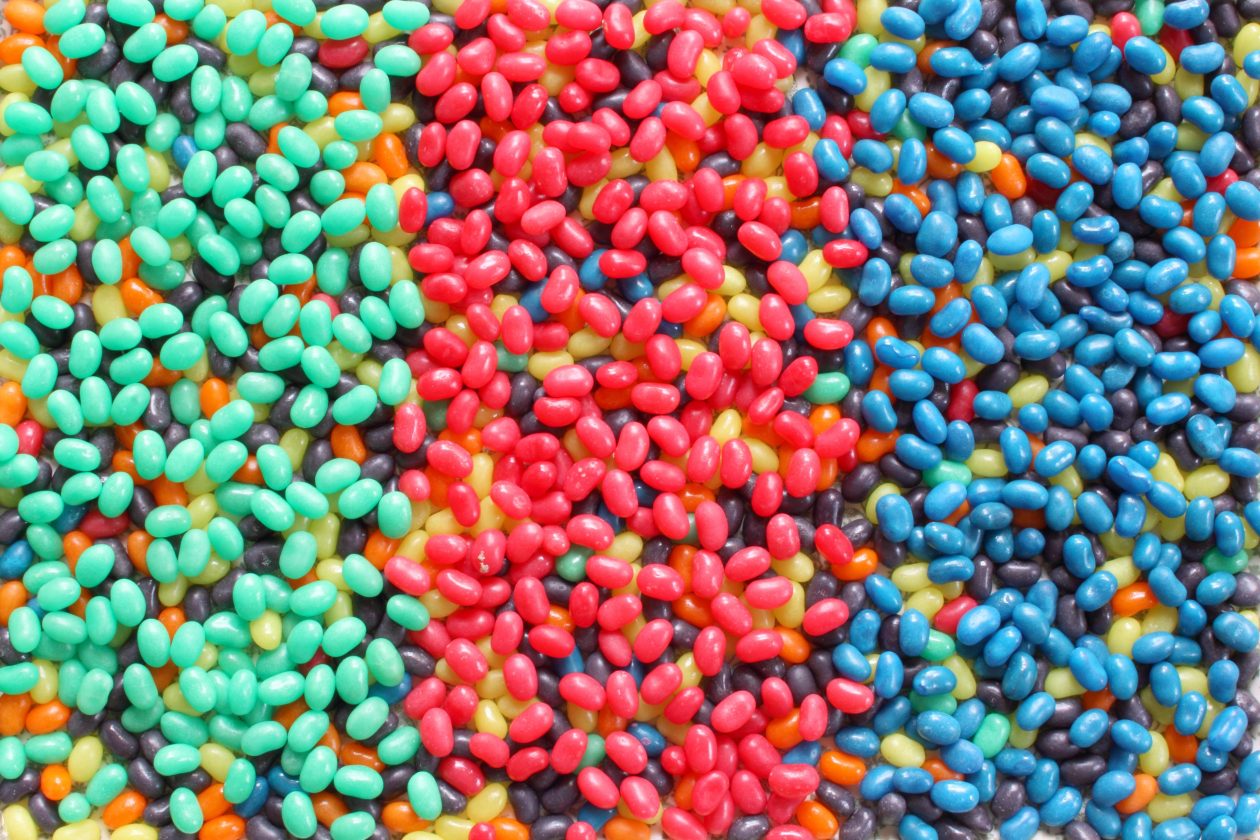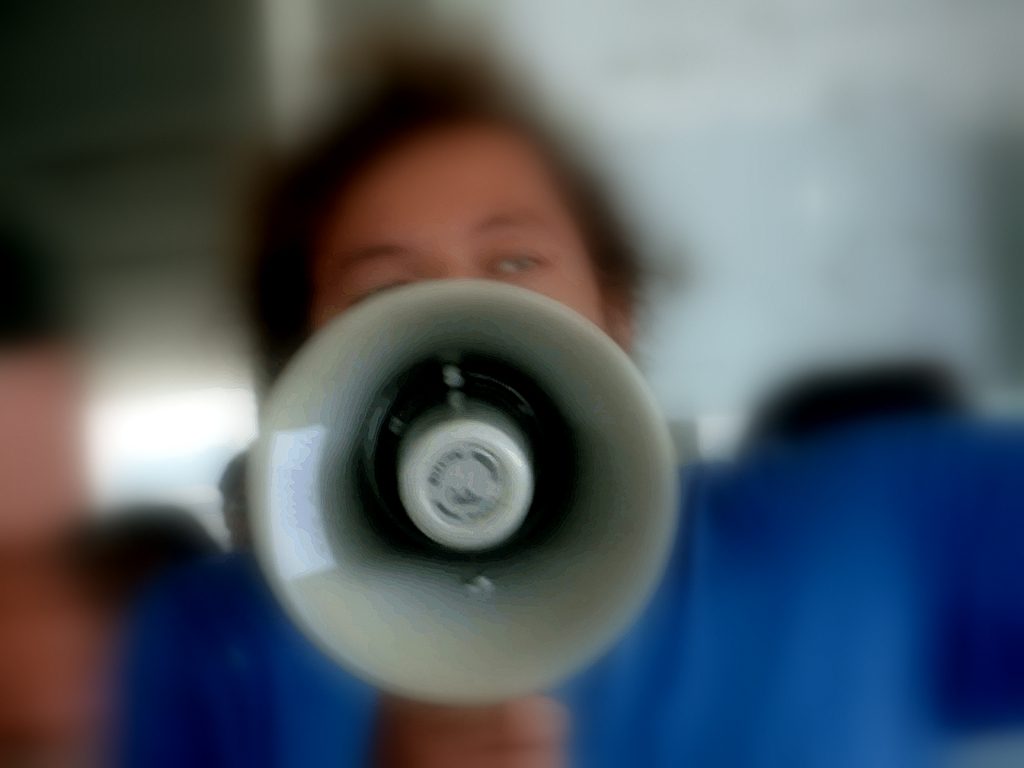
Pattern is an area of maths that lends itself to all kinds of fun and engaging activities, especially in the Early Years. I was asked to think of some experiences which I could provide to a p1 class which would help to develop their understanding of pattern, including visual, auditory, and physical pattern.
I decided on one overall experience which would encompass various different activities on the theme of pattern. That experience happens to be one of my all time favourites: going on a nature walk! In my opinion there is no learning that can’t take place in the great outdoors.
Visual Patterns
 During the nature walk, I would have children select items which they could arrange into a pattern (we would obviously need to look at some examples of visual patterns before this). The children would have the freedom to decide on the items that they choose, thinking about size, shape, and/or colour.
During the nature walk, I would have children select items which they could arrange into a pattern (we would obviously need to look at some examples of visual patterns before this). The children would have the freedom to decide on the items that they choose, thinking about size, shape, and/or colour.
I would encourage them to talk about their pattern and make connections to the ones that we had seen before. This activity could include all sorts of mathematical language, such as positional language, the language of sequence, size, and shape. I could also extend the learning by having the children to attempt to imitate a pattern and predict what might be coming next.
Physical Patterns
The next activity which I would include on my walk, is a follow-the-leader style action game. The children would need to work in groups for this activity, rather than walking in one long line. In this game, the first child performs an action which all children must copy. Then the next child performs a new action, so all children must perform action 1 and 2 (and keep repeating them over and over). This continues until a few children have added a new action, creating a pattern of movements.
The mathematical language which would be involved in this activity could be “1st, 2nd, 3rd”. It could also be used when describing an action, for example “BIG swings of your arms” or “Tiny taps of your toes”. As an extension we would look (and have a go at) at some child-friendly dance routines (perhaps to pop music or something which engages the children’s interest) and notice any repetitions and patterns.
Auditory Patterns
While walking, I would lead the children in a fun chant or song.
An example of this is a chant that we used when I was a member of the Girl Guides. It goes like this:

Everywhere we go! (Everywhere we go)
People always ask us (People always ask us)
Who we are (who we are)
Where we come from (where we come from)
So we tell them (So we tell them)
We’re from …name your school/setting… (we’re from…)
And if they cannot hear us (And if they cannot hear us)
We shout a little louder (we shout a little louder)
Repeat from beginning
Taken from www.ultimatecampresource.com/
This is a fun example of a pattern as it uses repetition and rhythm. We could continue by looking at other songs and noticing if there are any patterns involved (which there probably will be, for example verse, chorus, verse, chorus…).
There are, of course, many many more opportunities for learning associated with pattern which I could involve in my nature walk. This activity has helped me to think about some of the ways that I can bring mathematical learning into activities which I would perhaps not associate directly with maths.
